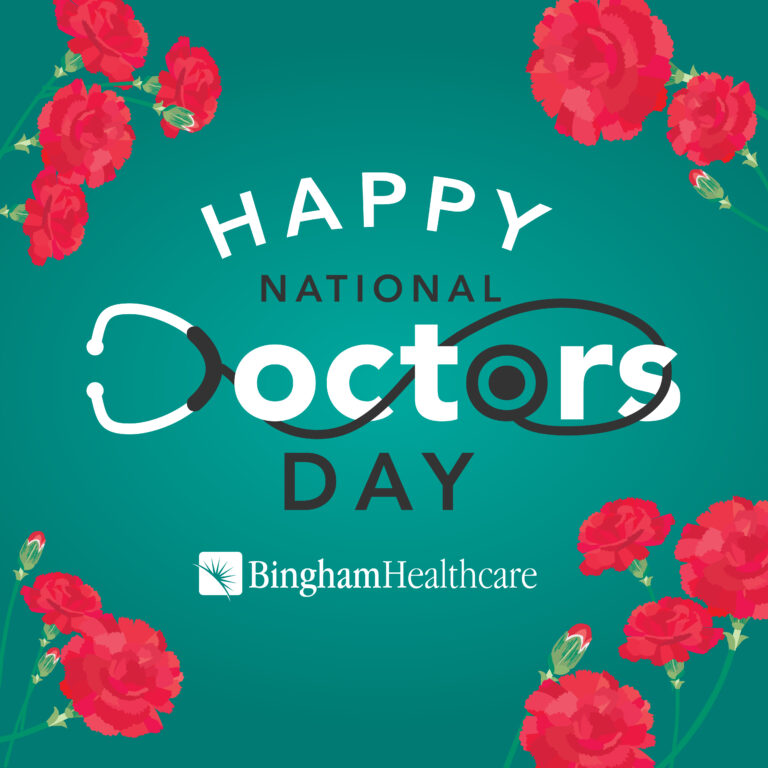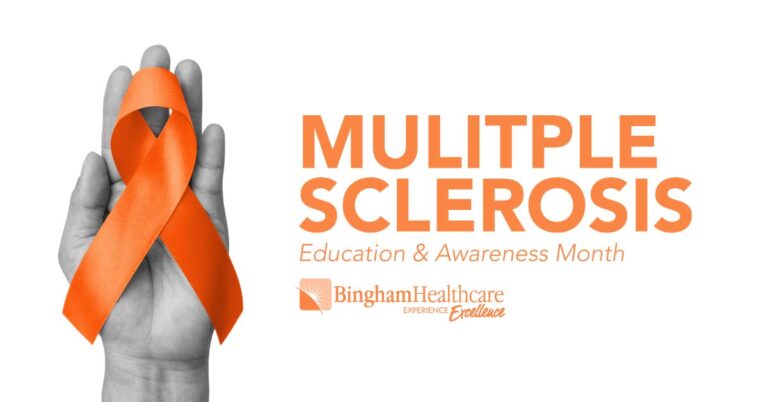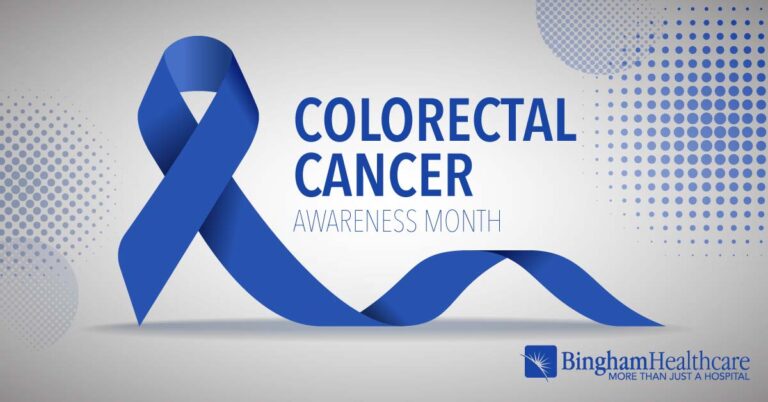
Kids and Dogs Safety Tips
Dogs make great friends for kids, but furry pooches always need to be treated with respect. Here are some tips to teach kids to stay safe around dogs and ways to prevent bites.
Kids and dogs go together like peanut butter and chocolate, but when they see a furry pooch they may think it’s a giant stuffed animal. It’s important that kids are taught some rules for safely interacting with dogs of all shapes and sizes and understand those woofs and growls. Use these five tips to help your kids or grandchildren stay safe when meeting a new dog or playing with one they already know.
1. Ask permission before petting.
Teach your child to always stand back and ask an adult before petting a dog they do not know.
2. Stay calm around dogs and show the dog you’re friendly.
Don’t yell or run. Reaching a hand out can startle a dog. Instead, teach your child to offer an open palm a couple of inches away from their own body, allowing the pooch to approach and sniff on its own. If a dog doesn’t go up to a person on its own, it may not want to be petted.
3. Pet smartly and no hugs or kisses.
Once the dog warms up to you, gently pet it on the chest or back—not the head or tail. This way the dog can see where your hand is. Also, one of the most important things you can teach your children is that dogs don’t like hugs and kisses. This is a tough lesson, because many (if not most) dog owners simply do not believe it themselves.
4. Dogs make a variety of sounds to communicate. But which ones are warnings?
- High-pitched “yelping” means “you’re hurting me.”
- Growling, especially with teeth exposed, like “grrr, grrr,” pause. “grrr.” Means “I’m warning you to stop what you’re doing, now!”
- Sharp whistle sounds like “meee, meee, meee” means the dog is saying: “I’m worried,” or “I’m hurting.”
5. Animal bites and scratches.
Remind your child that if they are ever bitten or scratched by a dog, to tell an adult. They should tell the grownup everything they know about the dog that hurt them. Visit a doctor, if necessary.
Our content is reviewed regularly and is updated when new and relevant evidence is made available. This information is neither intended nor implied to be a substitute for professional medical advice. Always seek the advice of your physician or other qualified health provider prior to starting any new treatment or with questions regarding a medical condition.
Return to Articles


